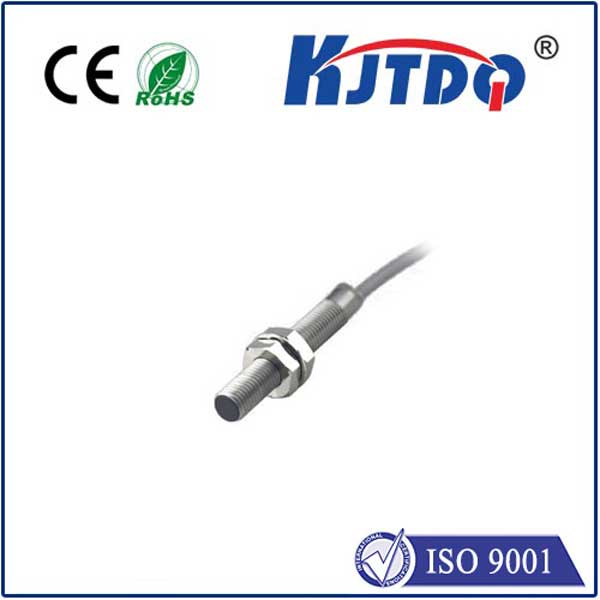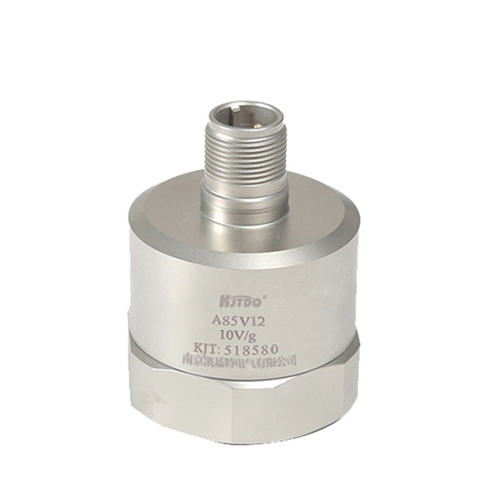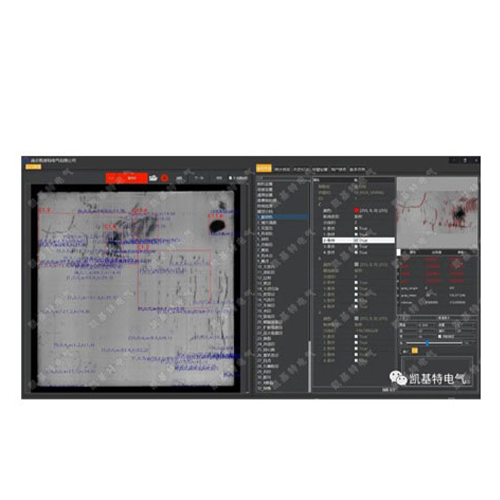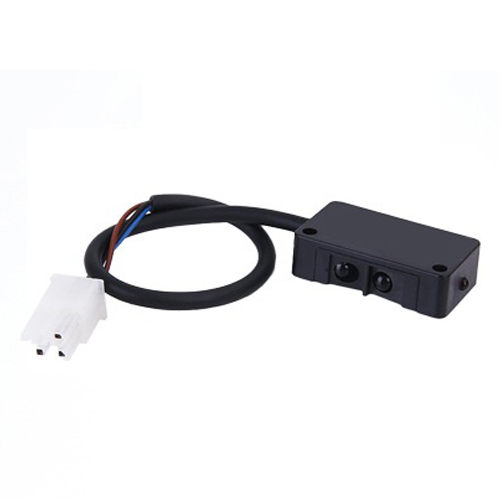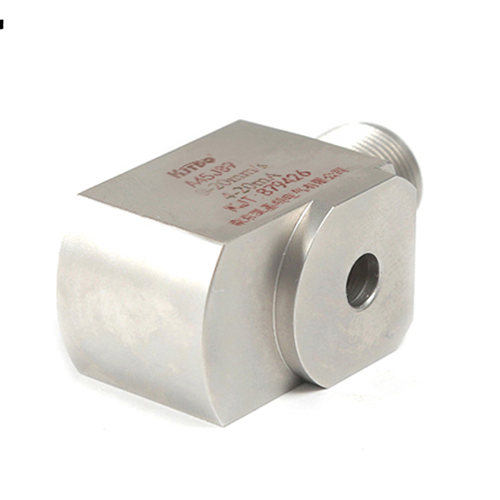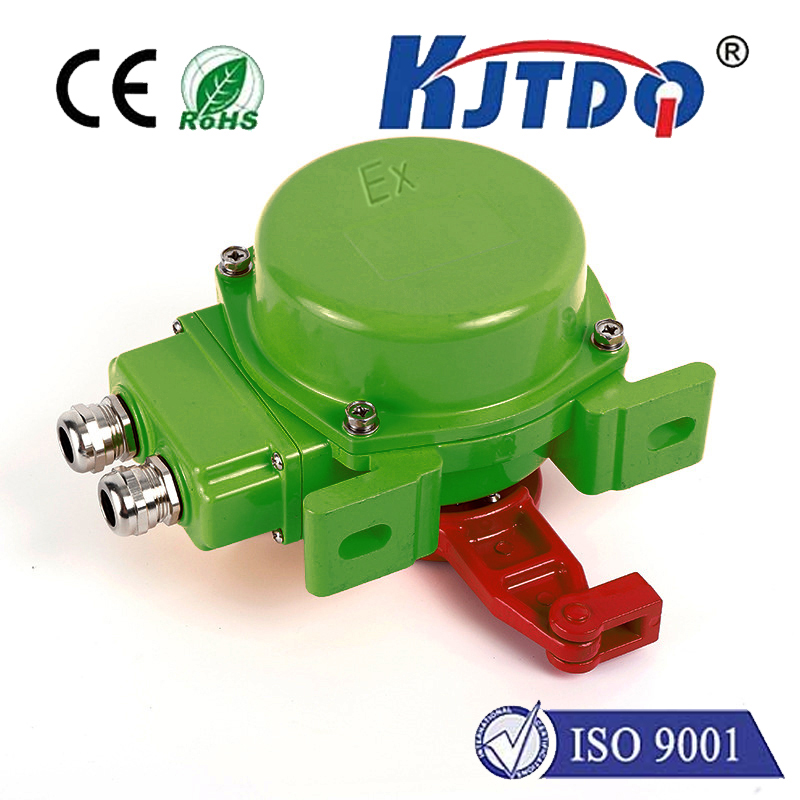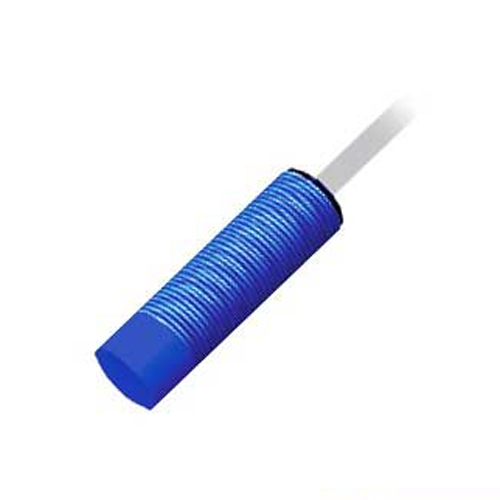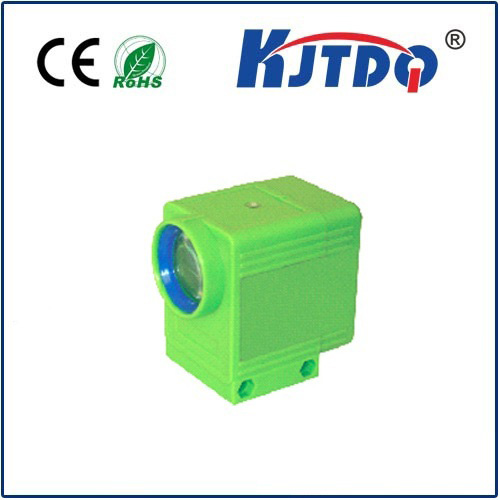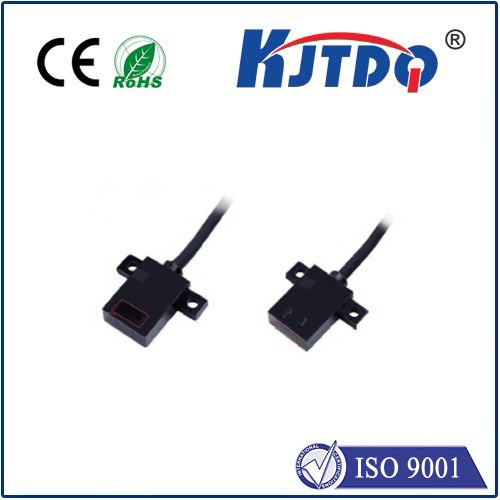

check

check

check

check
The mesmerizing dance of a laser beam transforming material is captivating. But for Sculpfun S10 owners, achieving consistently perfect results hinges on more than just design and focus. Lying beneath the surface of precision operation is a critical, often unsung hero: the limit switch. Far from being a mere component, these unassuming sensors are fundamental guardians of your machine’s integrity and the key to unlocking its full potential for accuracy and repeatability. Understanding how Sculpfun S10 limit switches function and why they matter is essential for every user aiming for professional-grade outcomes.
What Exactly Are Limit Switches on the Sculpfun S10?
Think of limit switches as the S10’s built-in safety sentinels and navigational beacons. Positioned strategically at the physical boundaries of the engraving/cutting area (typically near the X and Y axis starting points, and sometimes Z), these small sensors have a vital job: to detect when the laser head physically touches them. This contact sends an instant electrical signal to the machine’s controller, declaring, “I’ve reached the edge!” or “I’m at the home position!” This signal is the cornerstone for several crucial operations. For the S10 laser engraver, these are usually mechanical lever-arm switches activated by physical contact with the moving gantry or laser head assembly.
Why Are These Tiny Switches So Crucial? The Big Benefits

Crash Prevention & Machine Protection (The Essential Safety Net): This is arguably the most critical function. Imagine the laser head moving rapidly towards the end of its travel. Without a limit switch, it would slam into the physical frame, potentially damaging the stepper motor’s internals (through skipped steps or forced resistance), bending the lead screw or belt mechanism, misaligning the gantry, or even damaging the laser module itself. The limit sensor acts as a physical stop trigger. When the moving part hits it, the controller immediately halts movement in that direction, preventing a damaging collision. Regularly ensuring these switches are clean and functioning correctly is vital preventative maintenance.
Establishing “Home” Position (The Foundation of Accuracy): Every precise engraving or cut starts from a known, repeatable starting point – the “Home” position (often near the front-left corner). Limit switches are instrumental in defining this. During a homing routine (usually initiated automatically when you power on the S10 or via a manual “Home” command in your software like LaserGRBL or LightBurn), the machine deliberately moves the gantry towards the switches. Upon contact, the controller knows exactly where the physical limit is. It then typically retracts very slightly off the switch to define the consistent “0,0” reference point for all subsequent movements. Consistent homing is impossible without reliable limit sensors.
Defining the Work Area Boundaries (Essential Software Mapping): While the physical frame defines the maximum possible travel, the limit switches tell the software where the usable space begins and ends relative to the home position. This allows software like LaserGRBL or LightBurn to accurately display your machine’s boundaries within their job setup interfaces. You can confidently place your design, knowing the software understands the physical limits the S10 laser engraver can reach, preventing jobs from attempting to run off the bed.
Enabling Repeatable Jobs (Consistency is Key): For tasks requiring multiple identical engravings (like batch production) or needing to pause and resume, reliable limit switches are indispensable. Homing perfectly to the same position every time ensures that if you reload the same material in the same spot and rerun the job, the laser will engrave in precisely the same location. Without consistent homing (driven by reliable switch detection), your registration would drift, ruining consistency. This is where Sculpfun S10 limit switches directly impact professional workflow efficiency.
Are They Just Crash Avoiders? Advanced Uses & Considerations
While core functionalities revolve around homing and crash protection, understanding their operation touches on other aspects:
$21=0 in GRBL). This should be done with extreme caution and only when absolutely necessary, as it removes the primary collision protection. Always re-enable them immediately after the task.Optimizing Your S10 Experience: Leveraging Limit Switches
To get the most out of this essential system:
$H command in LaserGRBL Mouse mode or via software button) a standard step before starting any new job or after significant machine movement. This resets your positional accuracy baseline.$22 homing cycle enable, $5 limit pins invert etc.) are correctly configured post-update.The Sculpfun S10 limit switches are far more than simple bump stops. They are the silent orchestrators of safe operation and the bedrock of precision. They protect your investment from costly collisions, guarantee that every job starts from a perfectly known zero point, define the boundaries your laser can navigate, and enable the repeatability needed for professional results. By understanding, respecting, and maintaining these crucial components, you unlock a significant layer of your Sculpfun S10 laser engraver’s reliability and capability, ensuring it consistently performs at its best. Their quiet click might not be dramatic, but it’s the sound of precision, safety, and confidence at work.
